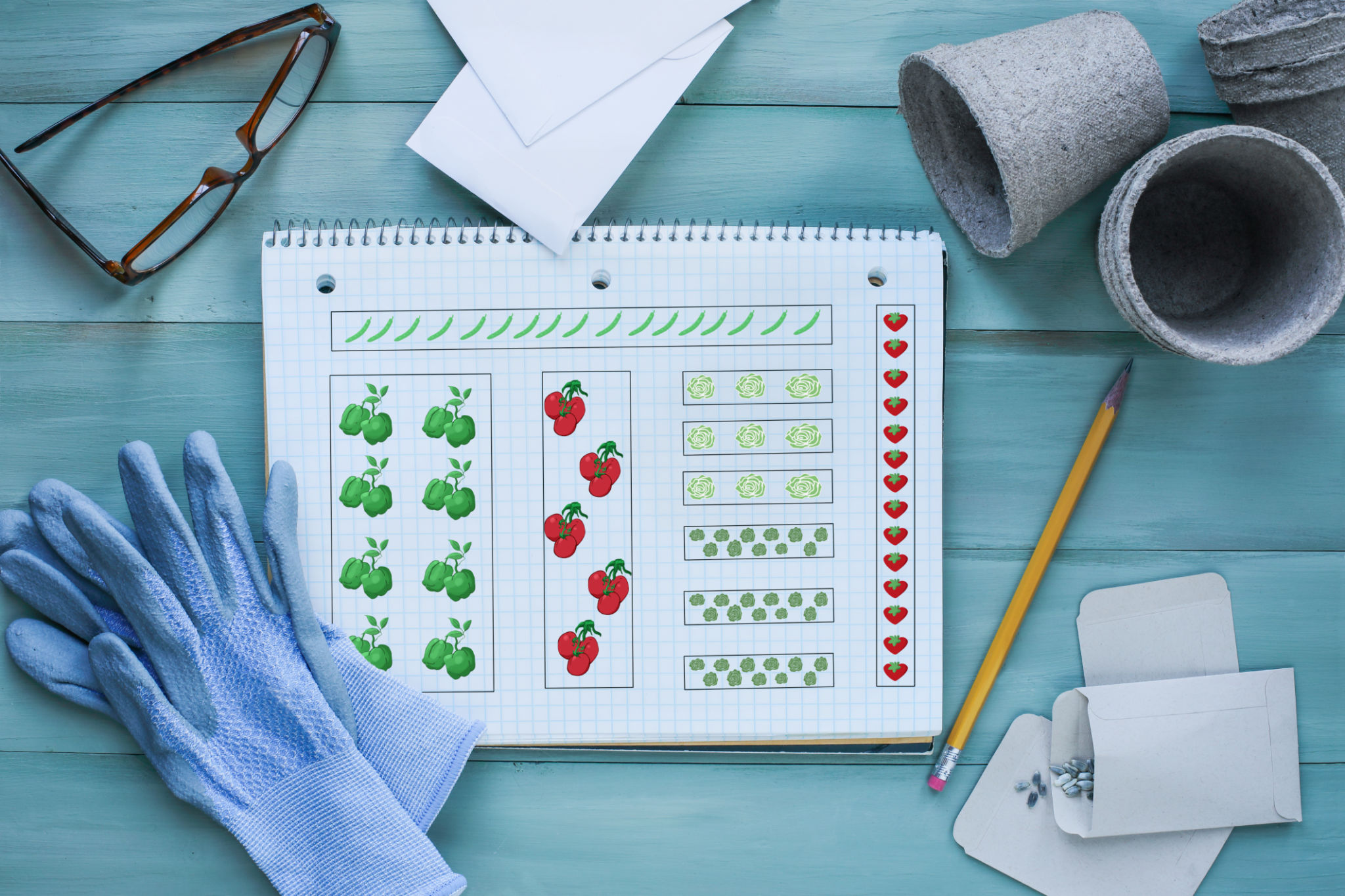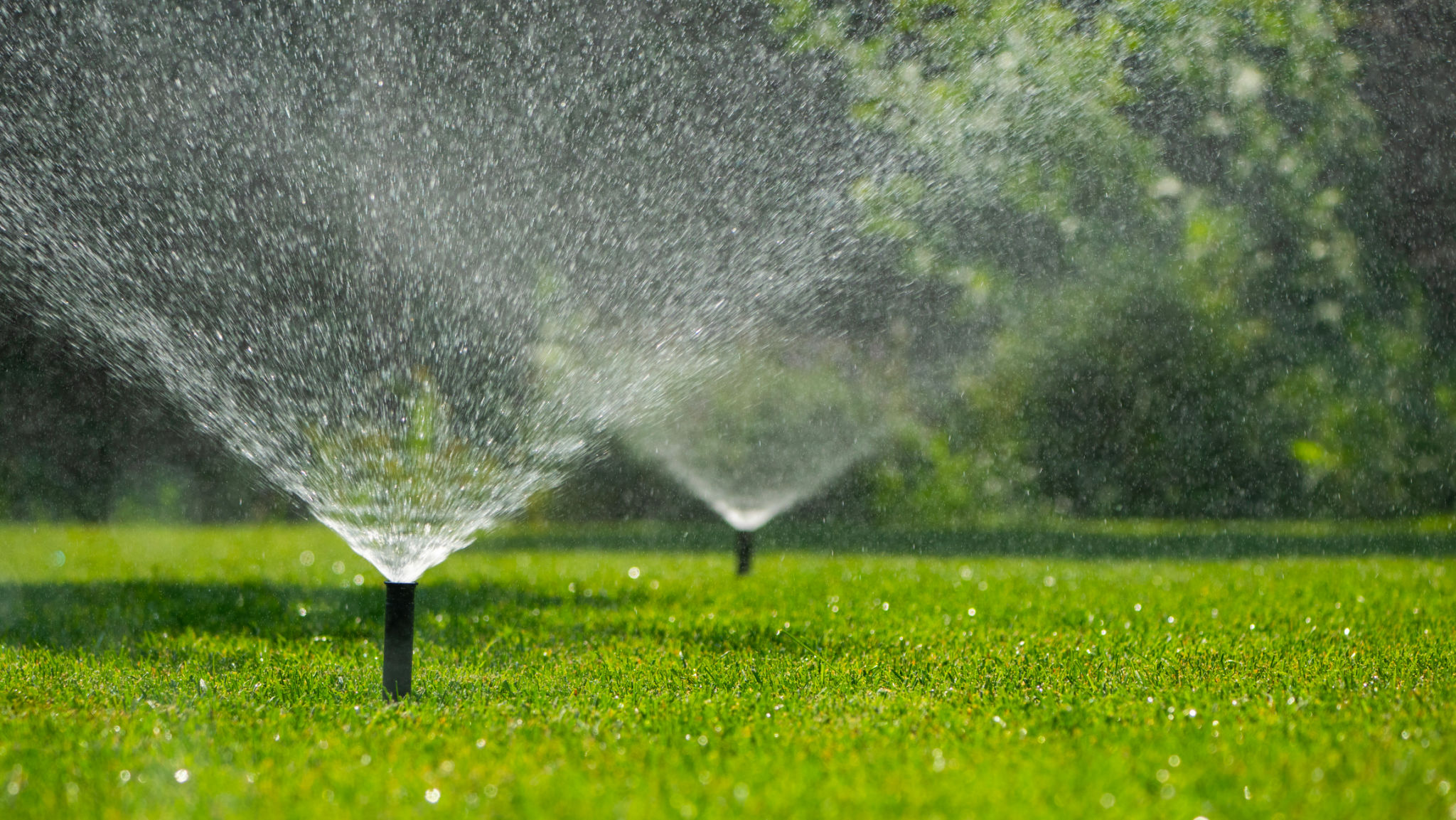Preparing Your Garden for Spring: Essential Landscaping Tips
FP
Evaluate Your Garden Space
Before diving into any landscaping project, take time to evaluate your existing garden space. Identify areas that require improvement, such as overgrown shrubs or damaged pathways. Assess which plants need pruning or removal and consider any new elements you'd like to introduce this season.
Creating a detailed plan helps streamline your landscaping efforts. Sketch a rough layout of your garden, including existing structures and desired changes. This visual aid will guide you in making informed decisions regarding plant placement and landscape design.

Soil Preparation
Healthy soil is the cornerstone of a thriving garden. As spring approaches, it's essential to prepare your soil for new growth. Begin by clearing debris and weeds from your garden beds. Use a garden fork or tiller to loosen the soil, improving aeration and drainage.
Consider testing your soil's pH and nutrient levels to determine if amendments are necessary. Adding organic matter, such as compost or well-rotted manure, enriches the soil, providing essential nutrients and enhancing its structure.
Mulching for Weed Control
Applying a layer of mulch to your garden beds is an effective way to suppress weeds and retain moisture. Choose organic mulches like wood chips, straw, or bark, which break down over time, adding nutrients to the soil. Spread mulch evenly around plants, ensuring it doesn't touch the stems to prevent rot.

Selecting and Planting New Plants
Spring is the perfect time to introduce new plants into your garden. Choose species suited to your climate and soil conditions for optimal growth. Consider factors such as sunlight requirements, water needs, and mature plant size when selecting new additions.
When planting, dig holes slightly larger than the root balls of your chosen plants. Ensure that plants are positioned at the same depth as in their nursery pots. Water thoroughly after planting to settle the soil around the roots.
Pruning and Trimming
Regular pruning and trimming are vital for maintaining plant health and encouraging new growth. Remove dead or damaged branches from trees and shrubs to promote air circulation and prevent disease. For flowering plants, prune after blooms fade to shape the plant without sacrificing future blossoms.

Enhancing Hardscape Elements
Spring is an ideal time to enhance hardscape elements in your garden. Inspect pathways, patios, and retaining walls for any damage caused by winter weather. Repair any cracks or loose stones to ensure safety and longevity.
Consider adding new features such as a decorative fountain or seating area to transform your outdoor space into a relaxing retreat. Incorporating hardscape elements can add structure and definition to your garden design.
Irrigation System Check
A well-functioning irrigation system is crucial for maintaining healthy plants. At the start of spring, check your system for leaks, clogs, or damaged components. Test sprinkler heads and drip lines to ensure proper coverage and efficiency.
Adjust timers according to seasonal changes in temperature and rainfall to conserve water while meeting your garden's needs.

Conclusion
Preparing your garden for spring requires careful planning and attention to detail. By evaluating your space, improving soil health, selecting suitable plants, and maintaining hardscape elements, you can create a vibrant and thriving outdoor sanctuary. With these essential landscaping tips in mind, you'll be well on your way to enjoying a beautiful garden throughout the growing season.